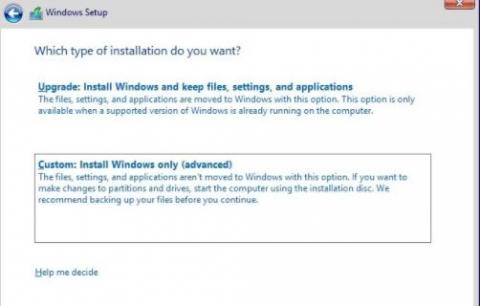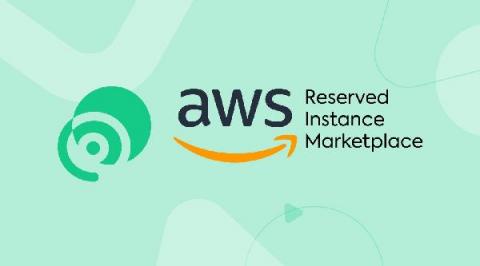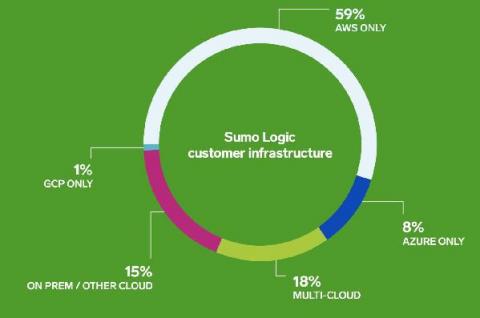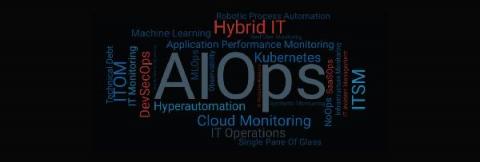How to Delete Unattached GCP Disks in 3 Easy Steps
Moving to the cloud brings benefits such as reduced infrastructure costs, increased scalability, and added redundancy. As your company takes advantage of the cloud, you may follow the trend to automate both the creation and destruction of cloud resources.











